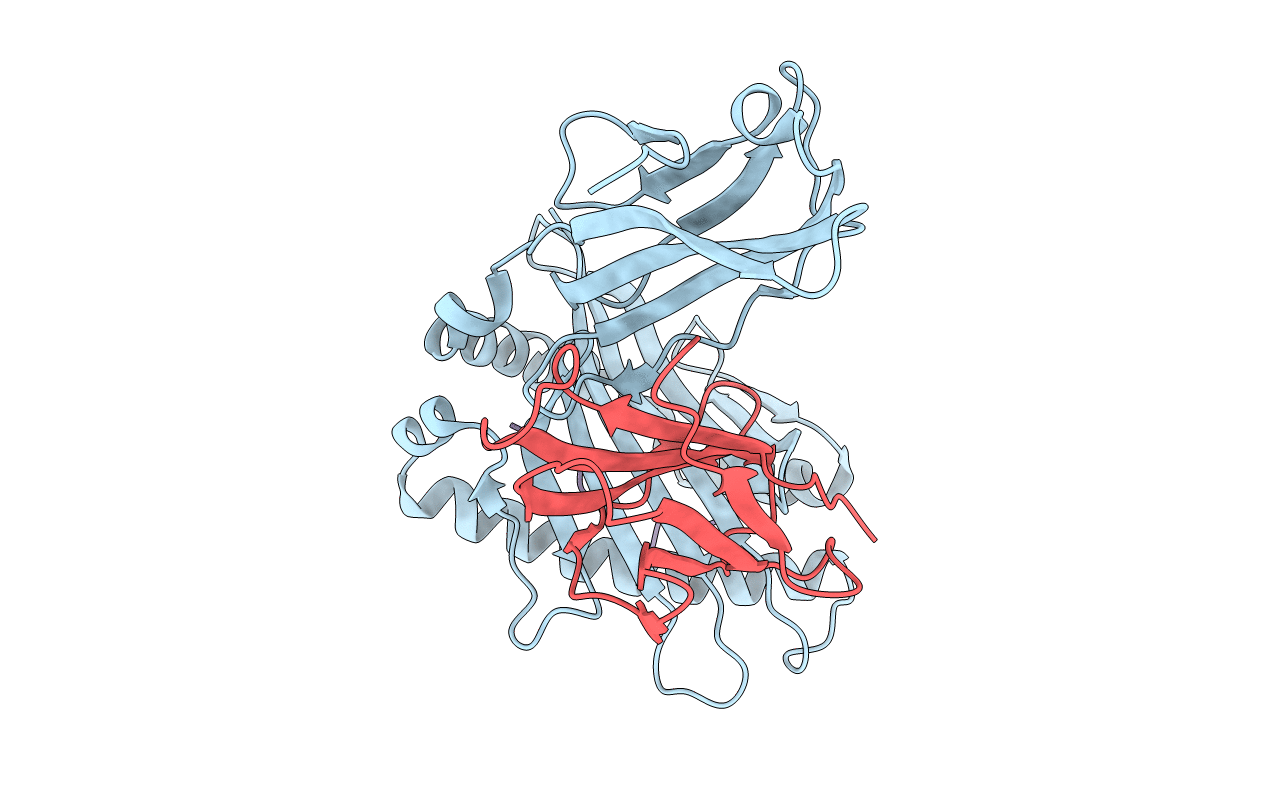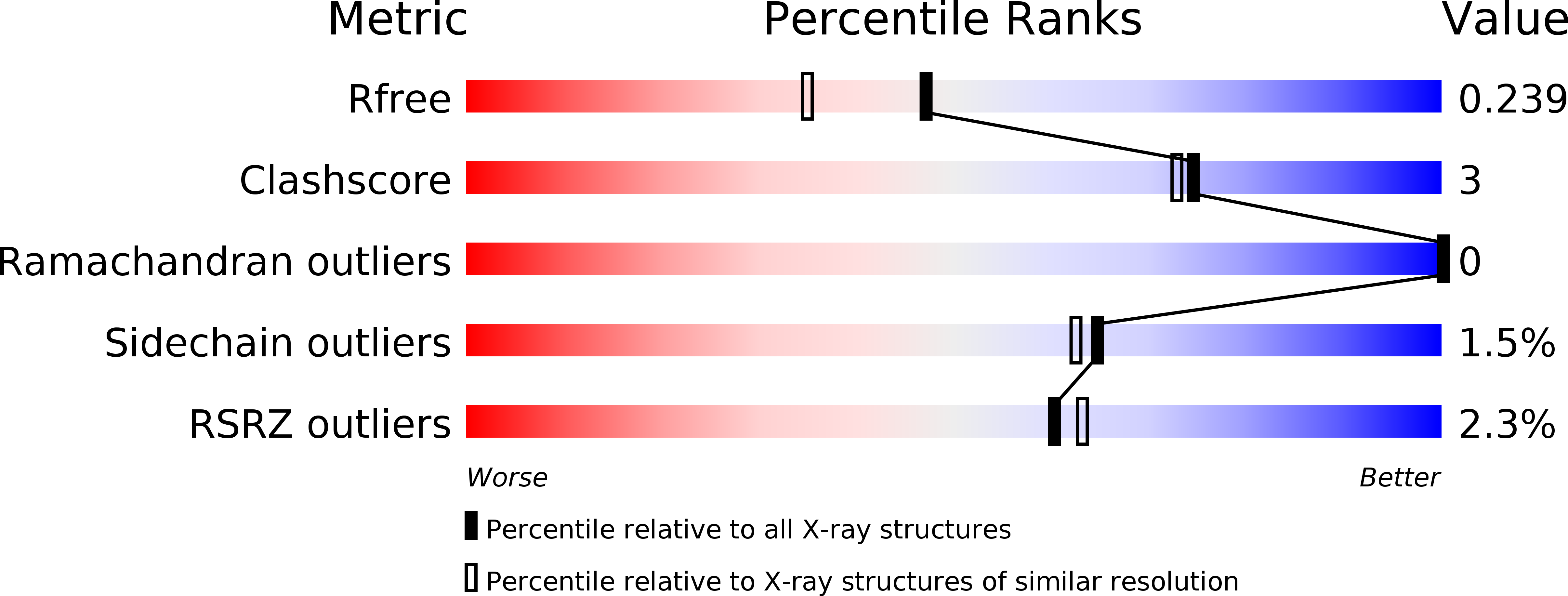
Deposition Date
2010-05-28
Release Date
2010-10-27
Last Version Date
2024-11-06
Entry Detail
PDB ID:
2XFX
Keywords:
Title:
cattle MHC class I N01301 presenting an 11mer from Theileria parva
Biological Source:
Source Organism:
BOS TAURUS (Taxon ID: 9913)
THEILERIA PARVA (Taxon ID: 5875)
THEILERIA PARVA (Taxon ID: 5875)
Host Organism:
Method Details:
Experimental Method:
Resolution:
1.90 Å
R-Value Free:
0.23
R-Value Work:
0.19
R-Value Observed:
0.19
Space Group:
P 21 21 21


